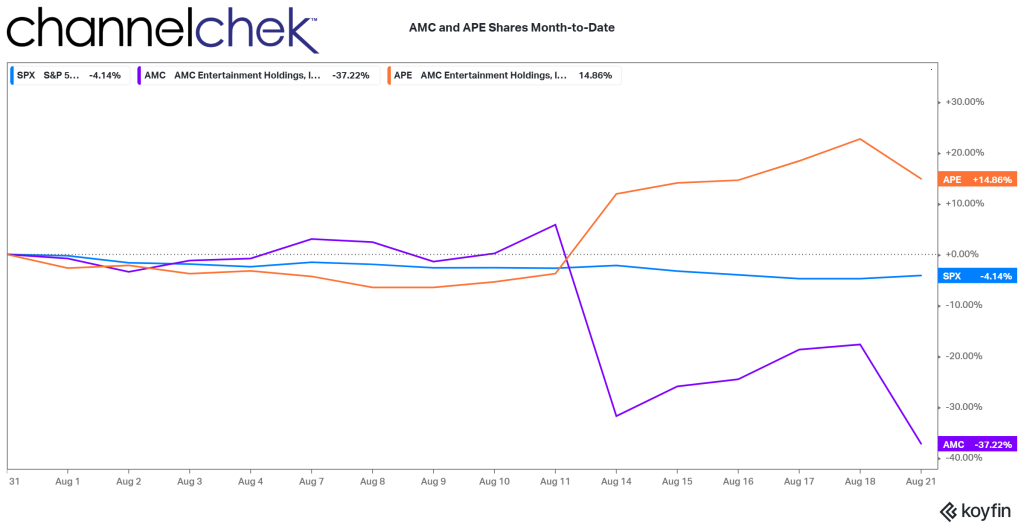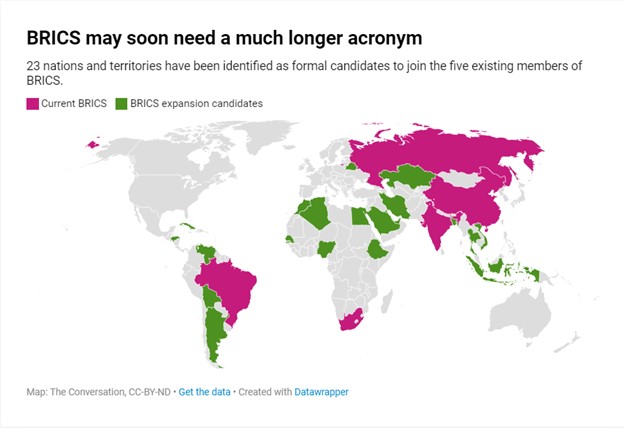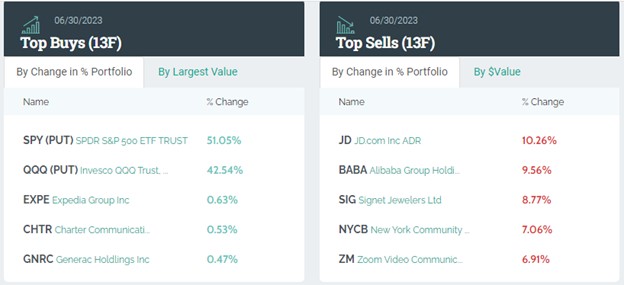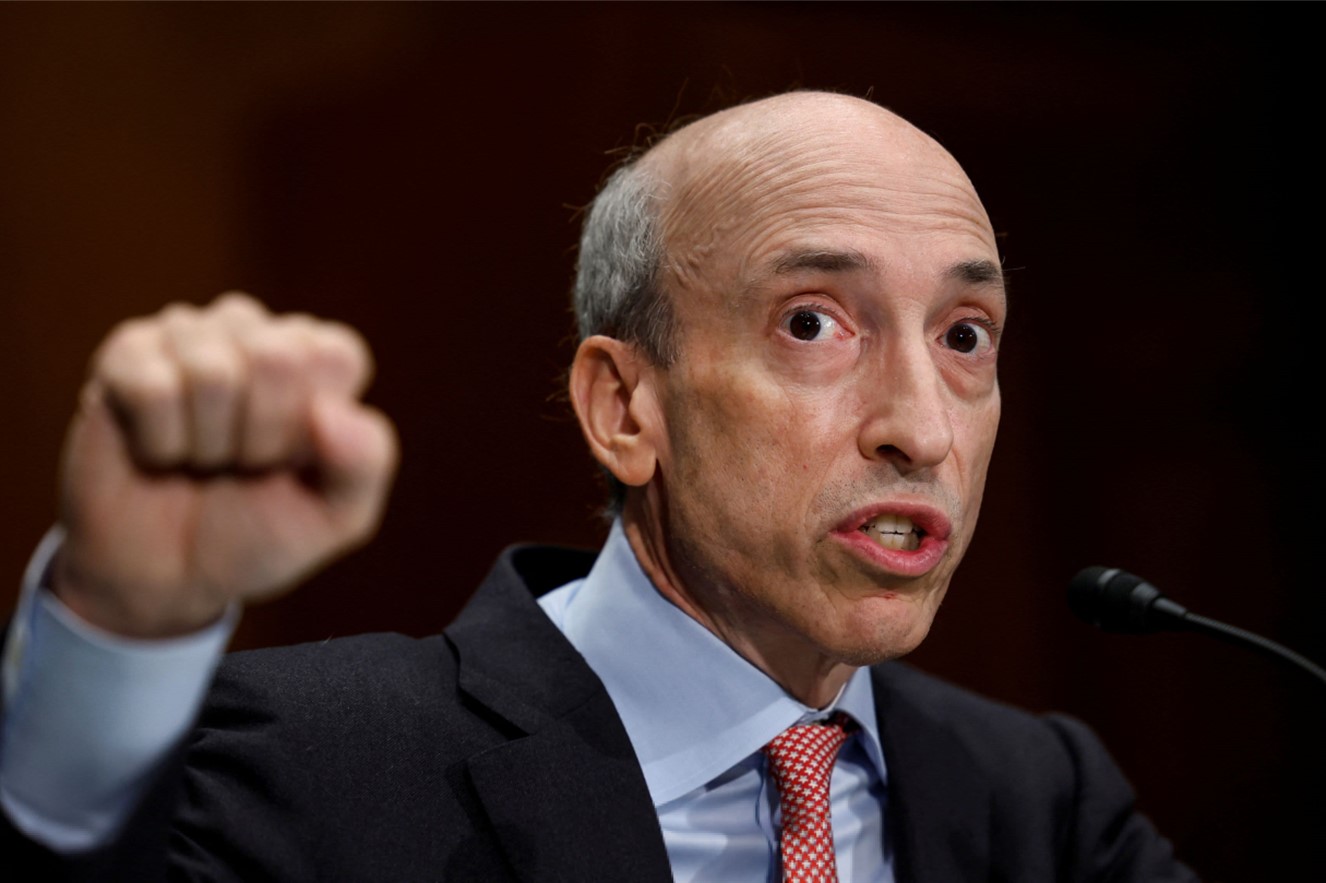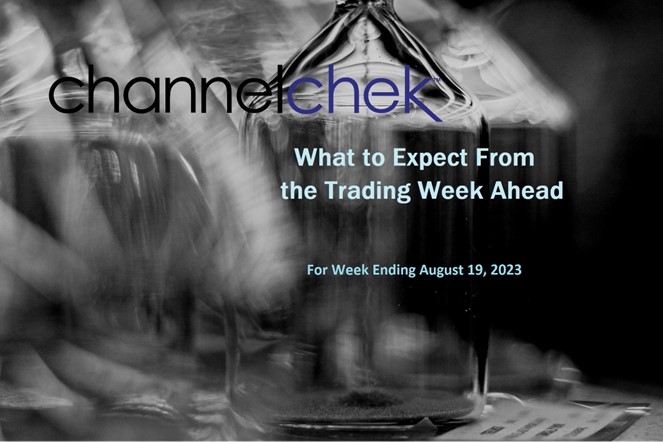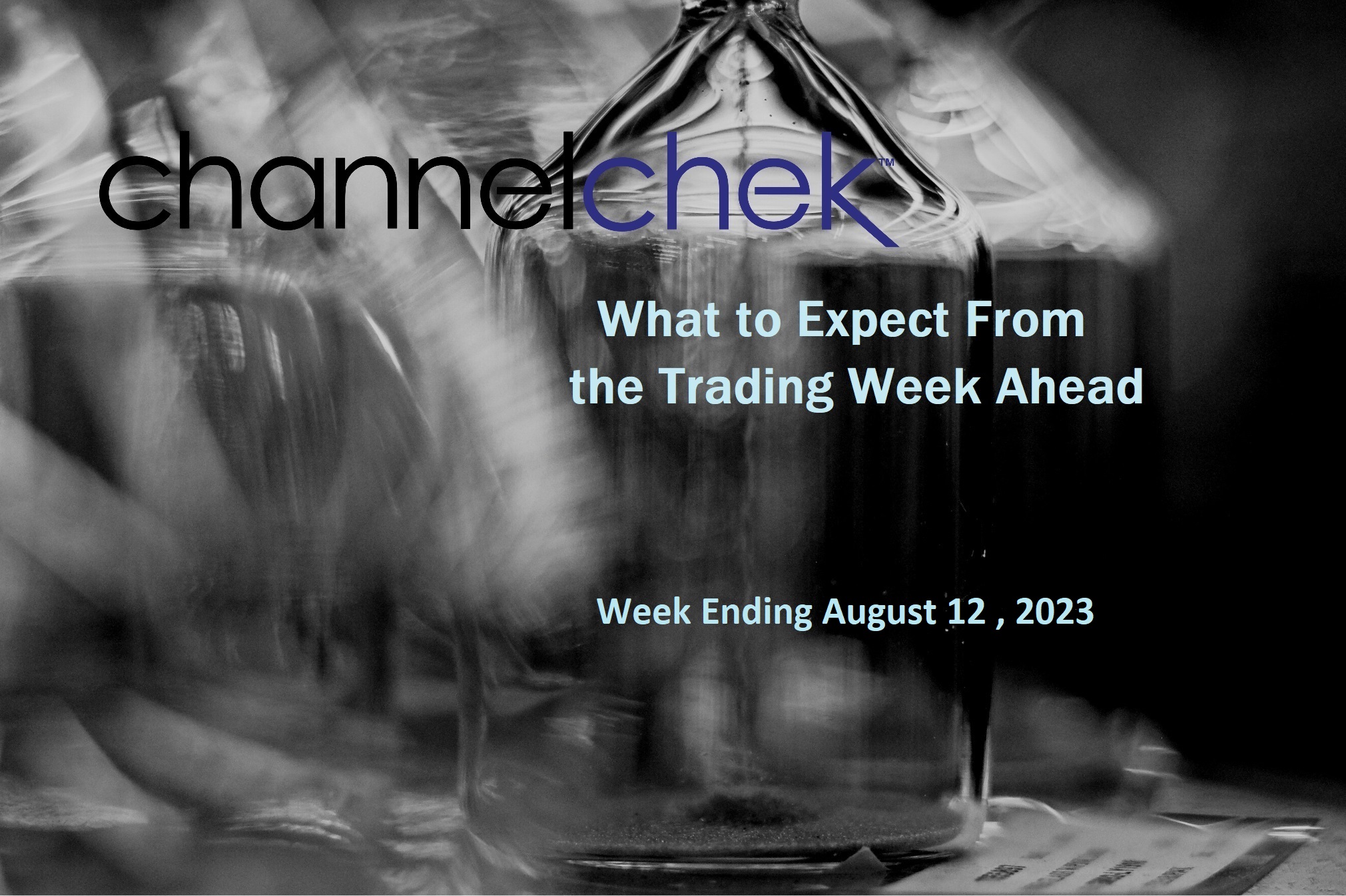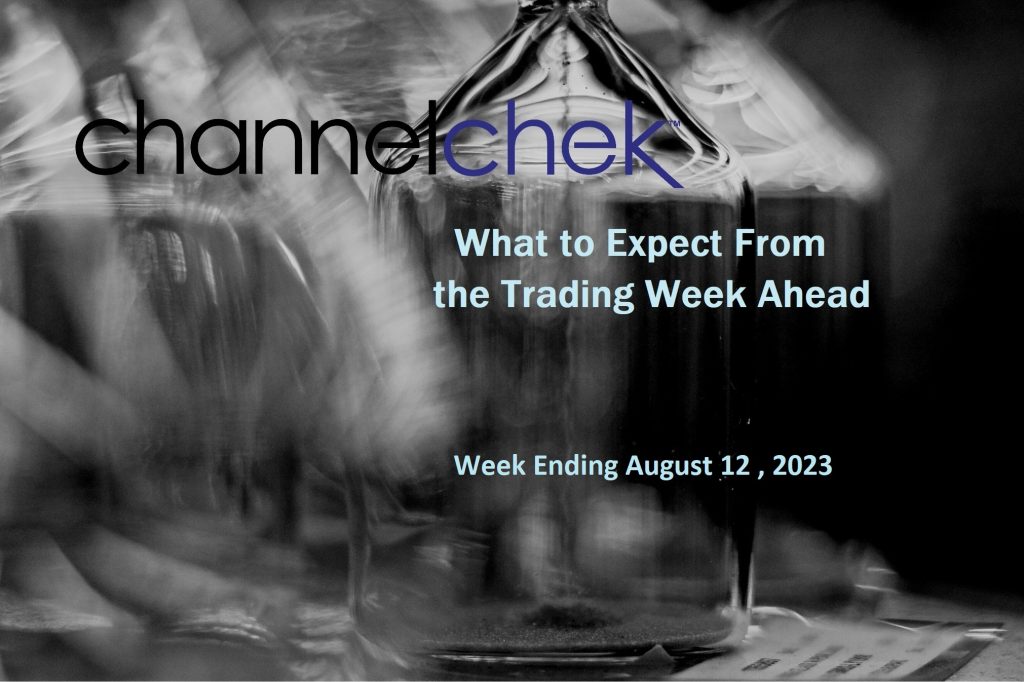
Here’s How Big the Multinational Insider Advantage Is
Corporate insiders who trade stocks based on the information they gain on the job earn a lot more if they work at multinational corporations than their peers at U.S. companies with no sales abroad. That’s the main finding of our new peer-reviewed research. We wanted to know if multinational insiders stand to make more money because of the complexity of the information they could possess relative to outsiders.
Insider trading happens when a director or employee trades their company’s public stock or other security based on important or “material” information about that business. Insider trading isn’t illegal as long as the person reports the trade to the Securities and Exchange Commission and the information is already in the public domain.
This article was republished with permission from The Conversation, a news site dedicated to sharing ideas from academic experts. It represents the research-based findings and thoughts of, D. Brian Blank, Assistant Professor of Finance, Mississippi State University, and Dallin Alldredge, Assistant Professor of Finance, Florida International University.
We wanted to know if multinational insiders stand to make more money because of the complexity of the information they could possess relative to outsiders.
So we examined returns from over 2.5 million trades reported to the SEC from 1987 to 2019 by insiders at over 10,000 companies. This is only a subset of all insider trades reported during the period because we focused on only those transactions most likely to be informed by the employee’s insight. We then compared monthly returns for insiders at multinational and domestic companies with those for a typical investor.
We found that all insiders beat the market, but those at multinationals did better – especially if they were on the highest rungs of the corporate ladder. While insiders at domestic companies typically obtained a return of 2.4% in the month following a stock purchase, those at multinational corporations reaped 2.8%. That may not sound like a lot, but, assuming consistent returns, it could amount to earning $170,000 more if an insider traded $1 million over several months. And it’s triple the typical stock market monthly gain of 0.9%
The most in-the-know insiders – executives and others with the most intimate knowledge of the company and its operations – at multinationals got an even bigger advantage, earning 3.6% per month vs. 2.7% at domestic companies.
Why it Matters
Insider trading is familiar to most people from movies that portray it in criminal terms, such as Gordon Gekko of “Wall Street.” In the film, he makes millions off others’ inside information.
But even when it is legal, insider trading is very profitable. That’s because insiders trading on public information are more knowledgeable about their industry and process information more effectively than outside investors.
With global companies, the advantage of being an insider increases. Since multinational companies generate earnings in foreign countries, with different currencies, cultures, economies and operating environments, it can be hard for an outsider or analyst to accurately value the company and its stock price. This is especially true when the company does business in regions that are culturally and linguistically distinct from the U.S. This helps insiders trade more efficiently, by buying underpriced stocks at a bargain and selling them later for a windfall.
Companies often motivate their employees to work harder by offering them a stake in their success, but if insiders seem to be getting an unfair advantage over ordinary investors, it may undermine trust in financial markets. The size and profitability of such trades – particularly in light of our data – mean regulators and policymakers may want to consider whether new restrictions on insider trading are needed, such as placing additional limits on the timing or frequency of trades.
What Other Research is Being Done?
Scholars, including us, are pursuing many avenues of research on insider trading, such as how insider trading restrictions are determined and how insider trades inform markets when news is limited. We’ve recently conducted research on how insider trades by colleagues at the same company tend to cluster together, and we are currently looking at how innovation affects insider trading.
Another recently published project relates to how information is incorporated into stock market prices and how investors underreact to news that may affect insiders’ ability to trade profitably. Similarly, ongoing research uses a GPT language model to assess the complexity of business regulatory filings and financial statements by analyzing technical jargon that can confuse investors, which could also affect how outside investors understand stock prices compared with insiders.




